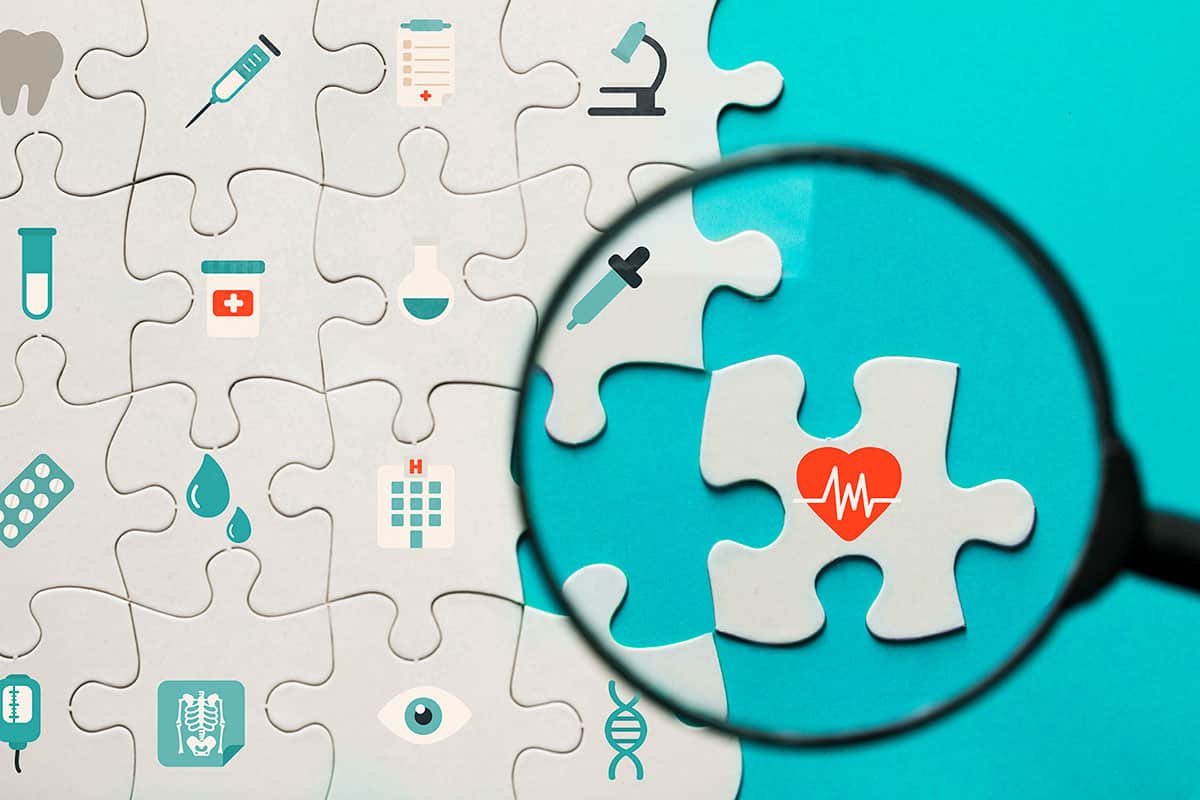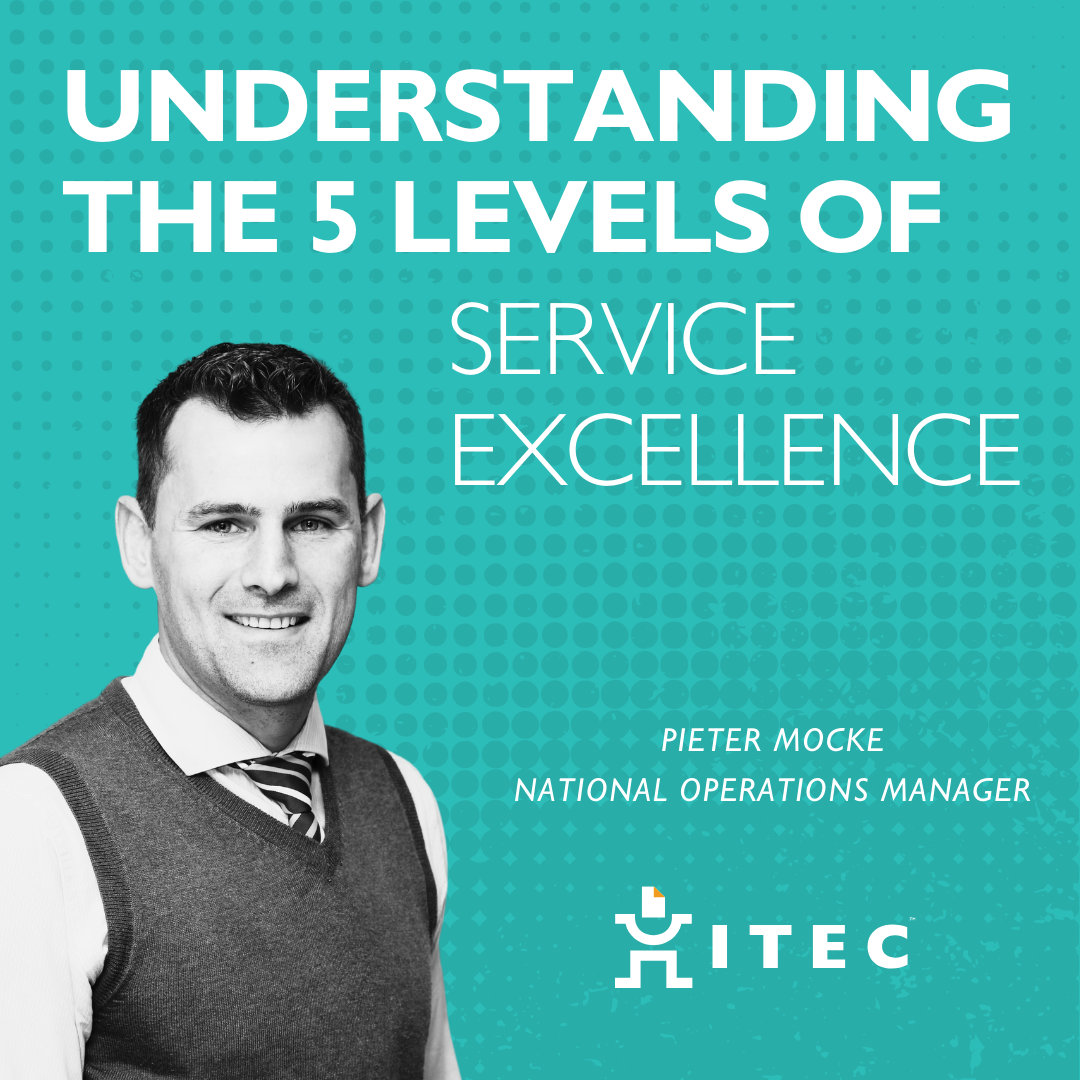IS UNIFIED COMMUNICATIONS THE PRESCRIPTION FOR SA’S HEALTHCARE PAIN?
By Hannes van der Merwe, Senior Product Manager for managed business services provider Itec South Africa.
Right now, South Africa’s healthcare industry is in a world of pain. The state health system is under-resourced and over-crowded. The private health sector is battling rising medical costs, changing payment models and a more competitive environment.
One of the ways hospitals and the healthcare industry can reduce costs and inefficiencies, drive better clinical outcomes and increase patient satisfaction is to use modern communication technology and streamline their operations. But ripping and replacing entire communications systems is not the answer, due to limited budgets and resources.
A cloud-based unified communications solution allows diverse devices (including mobile and desktop) to communicate quickly and easily through voice, messaging and video, and instantly share complex data, like medical records and reports. It should also be compatible with third-party applications like billing and electronic record keeping, and be scalable and flexible, so hospitals don’t need to keep buying new software or hardware.
There are three major benefits to unified communications in the healthcare space.
As ordinary South Africans, we feel the effects of this in many ways. It is sometimes a challenge to engage with healthcare professionals quickly and effectively, and our experiences of local clinics or hospitals can try our patience.
1. BETTER PATIENT ENGAGEMENT
In its 2017 Digital Health Vision report, Accenture said modern healthcare organisations had begun to realise they should be organised around the patient, not the enterprise.
With unified communications, patients can communicate with their healthcare providers via multiple channels. No more waiting for a doctor’s rooms to call you with test results: you simply log on to a secure portal. Doctors can send automated reminders for appointments and prescription refills and improve patient engagement across all points of care.
The result? Hospitals are able to proactively engage with patients, and lower re-admissions. Patients and healthcare providers are more engaged, and the relationships are better.
2. IMPROVED STAFF COLLABORATION
Multi-professional healthcare teams spend a huge amount of time trying to communicate on systems that are often outdated and cumbersome. When lives are on the line, it’s critical for doctors, nurses and other staff members to be connected in real-time.
Collaboration tools make it easy to share information and make faster, better decisions for patients. Most of all, unified communication’s mobile collaboration tools can replace the much-loathed pagers that are still in use in hospitals today.
THE RESULT? Real-time team collaboration. Quicker information exchange. Greater staff efficiency and productivity.
3. BETTER CLINICAL WORKFLOW
The delivery of effective patient care involves many processes, and the ability of hospitals and clinics to streamline their clinical workflow through each patient encounter is critical to their effectiveness and quality of care.
Unified communications support the entire workflow — from patient evaluation, diagnosis and treatment decisions — by allowing care teams to see whether other team members are available and enabling team collaboration.
The result? Hospitals are able to proactively engage with patients, and lower re-admissions. Patients and healthcare providers are more engaged, and the relationships are better.
Unified communications have the ability to change the entire healthcare industry for the better. It helps provide an enhanced quality of care, with better collaboration between healthcare professionals. It delivers better, more convenient customer service.
And by driving improved efficiencies and better workflows, doctors can make the most of their time and increase their productivity.
All that hospitals have to do is choose the right unified communications partner, that has a proven track record and reputation in the marketplace – and voila, headaches gone. No Panado necessary.














